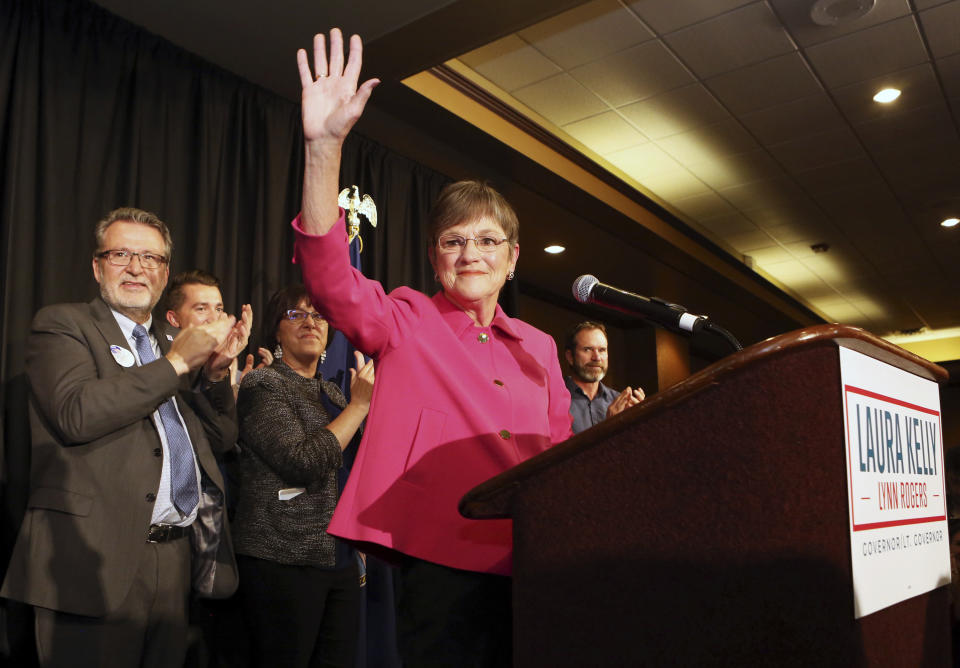Democrats wrest power from Republicans at the state level

Tuesday’s midterm election saw Democrats wrest some of the power Republicans have accumulated on the state level in both legislative chambers and governors’ mansions. That power was largely accumulated during the eight-year presidency of Barack Obama, during which Democrats lost 13 governorships and 968 legislative seats.
The 2018 midterms were less a blue tsunami than a gentle blue surf. Democrats did win gubernatorial races in Kansas, Wisconsin and Illinois, as well as four other states. But their most promising gubernatorial candidates, Stacey Abrams and Andrew Gillum, lost in Georgia and Florida, respectively.
State legislative results were similarly mixed (as were congressional outcomes). “Democrats scored significant wins Tuesday in 2018 legislative elections — but it was hardly a blowout,” wrote Wendy Underhill of the National Conference of State Legislatures, or NCSL, a bipartisan organization. “Republicans continue to have a robust advantage in legislative and state control, as they have since 2010. And the elections held few surprises.”
Democrats took six legislative chambers away from Republicans on Tuesday night, giving them control of 37 across the country. Republicans, by contrast, still control 61. According to Tim Storey of the NCSL, Republicans only lost 330 legislative seats overall, which is lower than the average of 424 expected for the party of the sitting president.

Perhaps most significantly, Democrats added six states — Illinois, Nevada, New Mexico, New York, Colorado and Maine — in which they control both chambers of the legislature and the governorship. Single-party control could help ease the passage of measures related to Medicare expansion and access to abortion. And it will almost certainly influence how states redraw congressional districts after the 2020 census.
Republicans won single-party control in Alaska; Democratic victories in legislative and gubernatorial races restored two-party governance in New Hampshire, Wisconsin, Michigan and Kansas.
Democrats now fully control 14 state governments, and while that represents a significant brightening of prospects from 2016, they are still well behind Republicans, who have full control of 22 states. But much as with the congressional map, things look a lot more complex on the state level than they did on Tuesday morning.
_____
Read more Yahoo News midterms coverage:
The CIA’s communications suffered a catastrophic compromise. It started in Iran.
Ending the Qatar blockade might be the price Saudi Arabia pays for Khashoggi’s murder
How Robert Mercer’s hedge fund profits from Trump’s hard-line immigration stance
Trump’s target audience for migrant caravan scare tactics: Women



